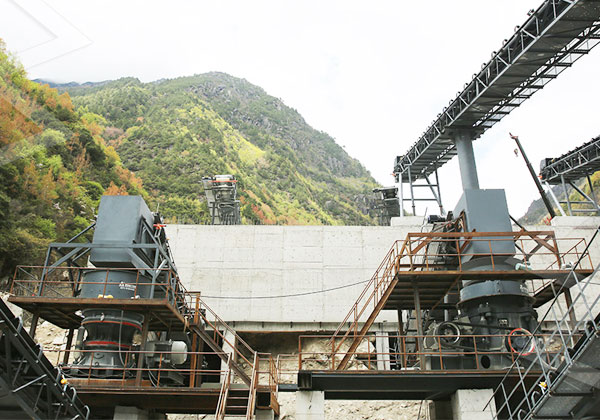Choosing the right crusher for a mining operation is critical to maximizing productivity, reducing operational costs, and ensuring long-term efficiency. Several key factors must be evaluated to select the most suitable crushing equipment for specific mining applications.
1. Ore Characteristics
The physical and chemical properties of the material being processed significantly influence crusher selection. Consider the following:
- Hardness & Abrasiveness: Harder materials like granite and basalt require rugged crushers like jaw crushers or cone crushers, while softer materials may be processed efficiently with impact crushers or hammer crushers.
- Moisture & Clay Content: High moisture content can cause clogging in certain crushers, making alternatives like rotary breakers or specialized jaw crushers more suitable.
- Feed Size & Gradation: Larger feed sizes typically require primary crushers (e.g., jaw or gyratory crushers), whereas finer materials may need secondary or tertiary crushing (e.g., cone or impact crushers).

2. Production Requirements
The required processing capacity (tonnage per hour) and final product size determine the type and size of the crusher:
- Throughput Needs: High-capacity operations benefit from large jaw or gyratory crushers, while smaller-scale projects may use cone or impact crushers.
- Output Particle Size: Fine crushing applications (e.g., ball mill feed) may require additional stages, such as vertical shaft impactors (VSI) or roll crushers.
3. Crusher Type & Operating Principle
Different crushers operate on distinct principles, making them suitable for varying applications:
- Jaw Crushers: Ideal for primary crushing with a high reduction ratio, suitable for hard, abrasive materials.
- Cone Crushers: Best for secondary or tertiary crushing, offering precise particle size control.
- Impact Crushers (HSI/VSI): Effective for medium-hard to soft materials, producing well-shaped aggregates.
- Gyratory Crushers: High-capacity primary crushers used in large-scale mining operations.
4. Maintenance & Operational Costs
The long-term cost-efficiency of crushers depends on:
- Wear Parts Life: Abrasive materials can rapidly wear out components, increasing maintenance costs.
- Energy Consumption: More efficient crushers (e.g., hydraulic cone crushers) reduce power expenses.
- Ease of Maintenance: Modular designs and accessible components minimize downtime.
5. Mobility & Installation Requirements
- Stationary Plants: Ideal for long-term mining operations with fixed processing sites.
- Mobile Crushers: Suitable for temporary or remote sites, offering flexibility and reduced setup time.
Selecting the right crusher involves balancing material properties, production needs, maintenance costs, and operational flexibility. A well-matched crusher enhances efficiency, reduces operational expenses, and ensures smooth mining operations. Consulting with experienced manufacturers and conducting material testing can help in making an informed decision.

